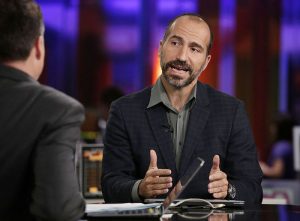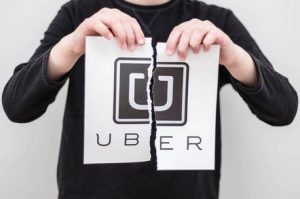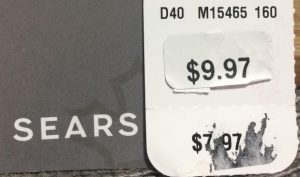In both Jeremy Kuo’s blog, Who Drives Uber, and Chris Zook’s blog, Uber’s New CEO Will Have to Win on Two Fronts Simultaneously, Uber’s CEO transition has been discussed with potential issues accompanied. While Kuo focuses on the “toxic”(Kuo, 2017) workplace culture left behind the former CEO Kalanick, Zook underscores the two fields of issues that , the new CEO, has to address: inner managerial issues and external growth issues (Zook, 2017).
 (Lloyd, M., 2017)
(Lloyd, M., 2017)
To invest Uber’s future barriers to profitability and growth, Kuo’s approach is a meaningful start since the poor reputation and infamous workplace culture will likely to cause customers to shift to other competitors in the industry. This directly links to the fourth internal issue that Zook highlights, the erosion of accountability, teamwork and trust(Zook). Another managerial issue left by Kalanick is the “lost voices from the front line” (Zook), which is a byproduct of Uber’s detrimental culture.
In addition to issues generated from Kalanick’s managerial style, “revenue growing faster than talent” and the lack of evidence in Uber’s “$68 billion valuation” still remain unsolved. Although Khosrowshahi is believed to be a trustworthy with reliable leadership, it will likely to take Uber a long time to dissolve these existing barriers. Thus, although replacing CEO is beneficial for Uber, the risk of losing its market share quickly still underlies with the growing competitions.
 (Orlowski, A., 2017)
(Orlowski, A., 2017)
Furthermore, since Didi Chuxing has acquired Uber’s business in China (Zook), Uber has a limit on expansion, which requires a certain amount of investment into reinforcement of its current business and re-establishment relationship with existing drivers and employees. As the “highest-valued unicorn in the history of business” (Zook), Uber not only attracts investors to boost its stock price, but also a large wave of competitors into the industry, such as Lyft, which has higher driver satisfaction than Uber (Zook). Then, according to Porter’s five forces model, Uber’s industry has relatively high threats of new entry and low buyer power. Therefore, solving existing issues are not sufficient enough for Uber to sustain its dominating market share, and a greater point of differentiation is required to regain its market power in the competitive market where homogeneous service goods are offered.
In conclusion, while both Kuo and Zook explored the past and current challenges in Uber, mostly related to the workplace culture left by former CEO Kalanick, an investigation into product differentiation is needed for Uber to sustain its future growth in both profitability and scalability.
Word Count: 406
References:
Kuo, J. (2017, October 15). Who Drives Uber? [Web log post]. Retrieved November 12, 2017, from https://blogs.ubc.ca/jeremykuo/2017/10/15/who-drives-uber/
Lloyd, M. (2017, August 31). [Will Dara Khosrowshahi rein in Uber’s Napoleonic ambitions? ]. Retrieved November 12, 2017, from https://www.bloomberg.com/view/articles/2017-08-31/uber-needs-a-tim-cook-can-its-new-ceo-deliver
Orlowski, A. (2017, September 26). [Uber Fall Apart]. Retrieved November 12, 2017, from https://www.theregister.co.uk/2017/09/26/horan_uber_analysis/
Zook, C. (2017, August 30). Uber’s New CEO Will Have to Win on Two Fronts Simultaneously [Web log post]. Retrieved November 12, 2017, from https://hbr.org/2017/08/ubers-new-ceo-will-have-to-win-on-two-fronts-simultaneously#comment-section
 Price Tags(Biggin. V, 2017)
Price Tags(Biggin. V, 2017) Nasdaq, n.d.
Nasdaq, n.d. Ransbotham, S., April 2016
Ransbotham, S., April 2016